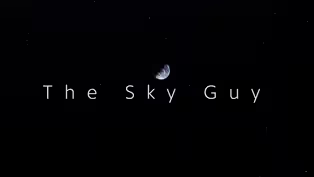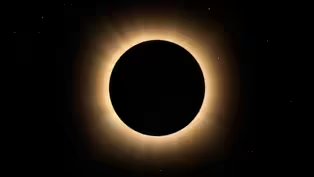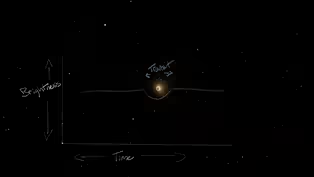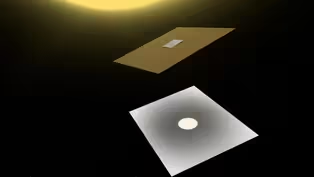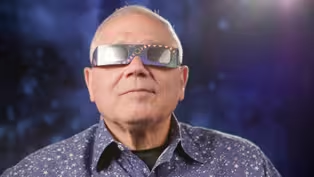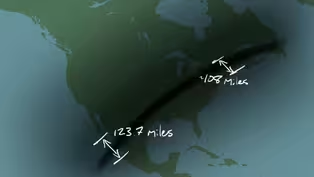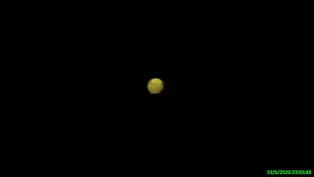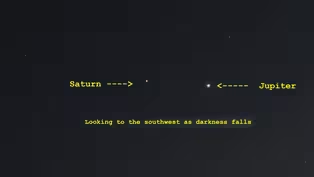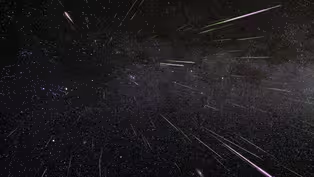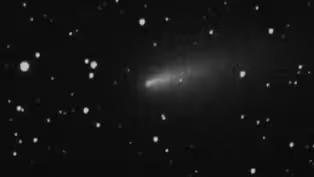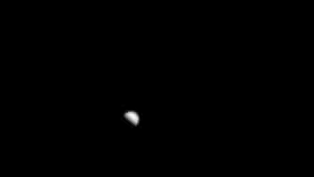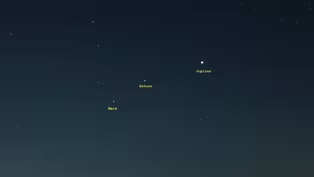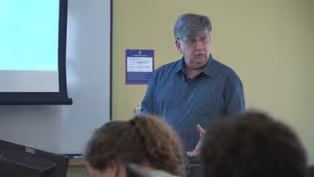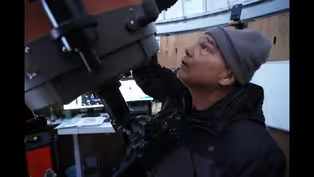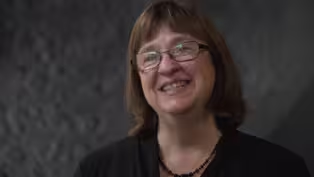New Hampshire in Space
Protecting Your Eyes: Projection Method
Clip | 1m 55sVideo has Closed Captions
Did you know you can build your own projector to safely view an eclipse?
Did you know you can build your own projector to safely view an eclipse? On October 14th, 2023 New Hampshire will experience a partial eclipse of the sun and on April 8th, 2024 New Hampshire will experience a total solar eclipse. This will be a once in a lifetime experience for NH residents!
Problems playing video? | Closed Captioning Feedback
Problems playing video? | Closed Captioning Feedback
New Hampshire in Space is a local public television program presented by NHPBS
New Hampshire in Space
Protecting Your Eyes: Projection Method
Clip | 1m 55sVideo has Closed Captions
Did you know you can build your own projector to safely view an eclipse? On October 14th, 2023 New Hampshire will experience a partial eclipse of the sun and on April 8th, 2024 New Hampshire will experience a total solar eclipse. This will be a once in a lifetime experience for NH residents!
Problems playing video? | Closed Captioning Feedback
How to Watch New Hampshire in Space
New Hampshire in Space is available to stream on pbs.org and the free PBS App, available on iPhone, Apple TV, Android TV, Android smartphones, Amazon Fire TV, Amazon Fire Tablet, Roku, Samsung Smart TV, and Vizio.
Viewing the sun directly with unprotected eyes, including through binoculars, telescopes or camera can lead to permanent damage to your vision.
What's scary is you won't feel pain while it's happening.
You won't even realize you're hurting your eyes until it's too late.
When it comes to protecting your eyes, one of the more effective and fun ways to view the eclipse is by the projection method, projecting the sun's image onto a white surface.
This provides a clear image of the sun that multiple people can safely view together.
If you'd like to make your own.
All you need is a piece of cardboard about 12 inches square, a small piece of aluminum foil.
About two inches Square a pin.
Some scotch tape.
A pair of scissors.
A sheet of white poster board or large white piece of cardboard.
The whiter the better.
First cut out of one inch by one inch square hole in your piece of cardboard near its center, then securely tape the aluminum foil over the square, opening with Scotch tape.
Take your pin prick the small hole in the piece of aluminum foil.
The smaller the hole.
The sharper the image of the sun beat and you're done.
And if that's too much work, let Mother Nature take care of everything.
Tree leaves are natural pinhole projectors.
Or you can find inspiration in the kitchen.
My colander here has been through three solar eclipse trips with me and projects multiple crescent images of the sun onto the ground below.
Kind of a neat and unexpected sight.
Do you have your own creative pinhole projector ideas?
We'd love to see them.
Tag New Hampshire PBS on social media.
Video has Closed Captions
Clip | 2m 35s | What a precious place we all share. (2m 35s)
What You Will See: Total Eclipse
Video has Closed Captions
Clip | 50s | What should you expect to see during the total solar eclipse? (50s)
Video has Closed Captions
Clip | 1m | Did you know even amateur astronomers using small telescopes can observe and discover? (1m)
Protecting Your Eyes: Projection Method
Video has Closed Captions
Clip | 1m 55s | Did you know you can build your own projector to safely view an eclipse? (1m 55s)
Video has Closed Captions
Clip | 1m 30s | The only way to safely view an eclipse directly is to use certified solar eclipse glasses. (1m 30s)
Video has Closed Captions
Clip | 1m 15s | What you see will see during the eclipses will depend on where you are! (1m 15s)
Quandrantid Meteor Shower - The Sky Guy
Video has Closed Captions
Clip | 1m | Don’t miss the peak of the annual Quandrantid Meteor Shower on January 2nd. (1m)
Video has Closed Captions
Clip | 1m | Mars will appear as a bright orange disk in the sky throughout December. (1m)
Jupiter and Saturn Conjunction - The Sky Guy
Video has Closed Captions
Clip | 1m | On December 21, the Jupiter and Saturn will be so close together. (1m)
Geminid Meteor Shower - The Sky Guy
Video has Closed Captions
Clip | 1m | The year’s best annual meteor shower is coming to our sky on the evening of December 13th. (1m)
Video has Closed Captions
Clip | 1m | What’s that bright star in the evening sky? It’s actually the planet Venus. (1m)
The Morning Planets - The Sky Guy
Video has Closed Captions
Clip | 59s | John Gianforte guides you on how to view the three aligned, morning planets. (59s)
Video has Closed Captions
Clip | 2m | Comet Atlas has brightened considerably since it was first seen in December, 2019. (2m)
Moon Memories | Mark McConnell
Clip | 1m 25s | Mark McConnell teaches about space at the University of New Hampshire. (1m 25s)
Moon Memories | John Gianforte
Clip | 1m 15s | John Gianforte runs the observatory at the University of New Hampshire. (1m 15s)
Moon Memories | Jeanne Gerulskis
Clip | 1m 15s | Director of the McAuliffe-Shepard Discovery Center. (1m 15s)
New Hampshire in Space (Preview)
Video has Closed Captions
Preview: Special | 30s | New Hampshire has had its eyes on space exploration for decades. (30s)
Providing Support for PBS.org
Learn Moreabout PBS online sponsorshipSupport for PBS provided by:
New Hampshire in Space is a local public television program presented by NHPBS
